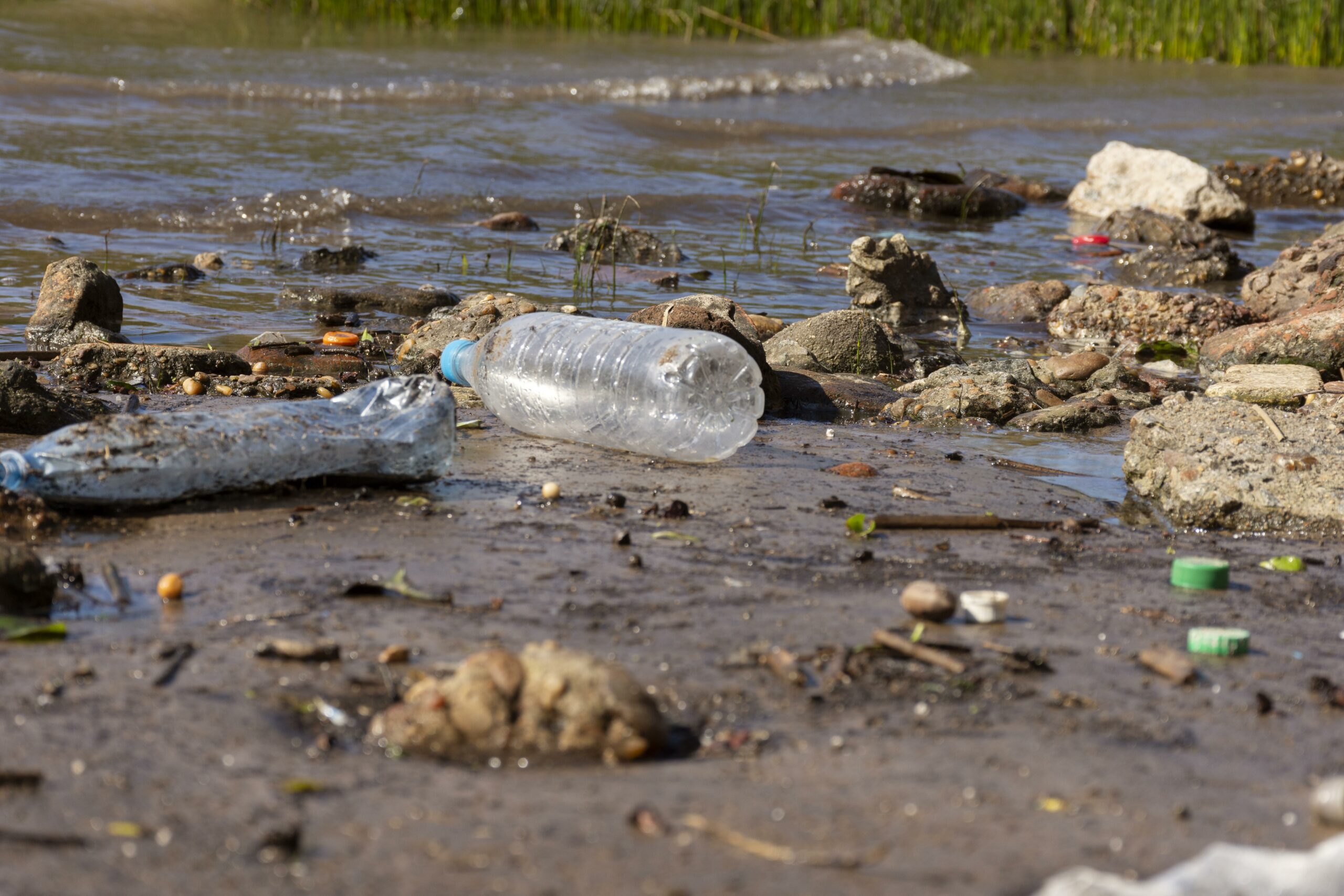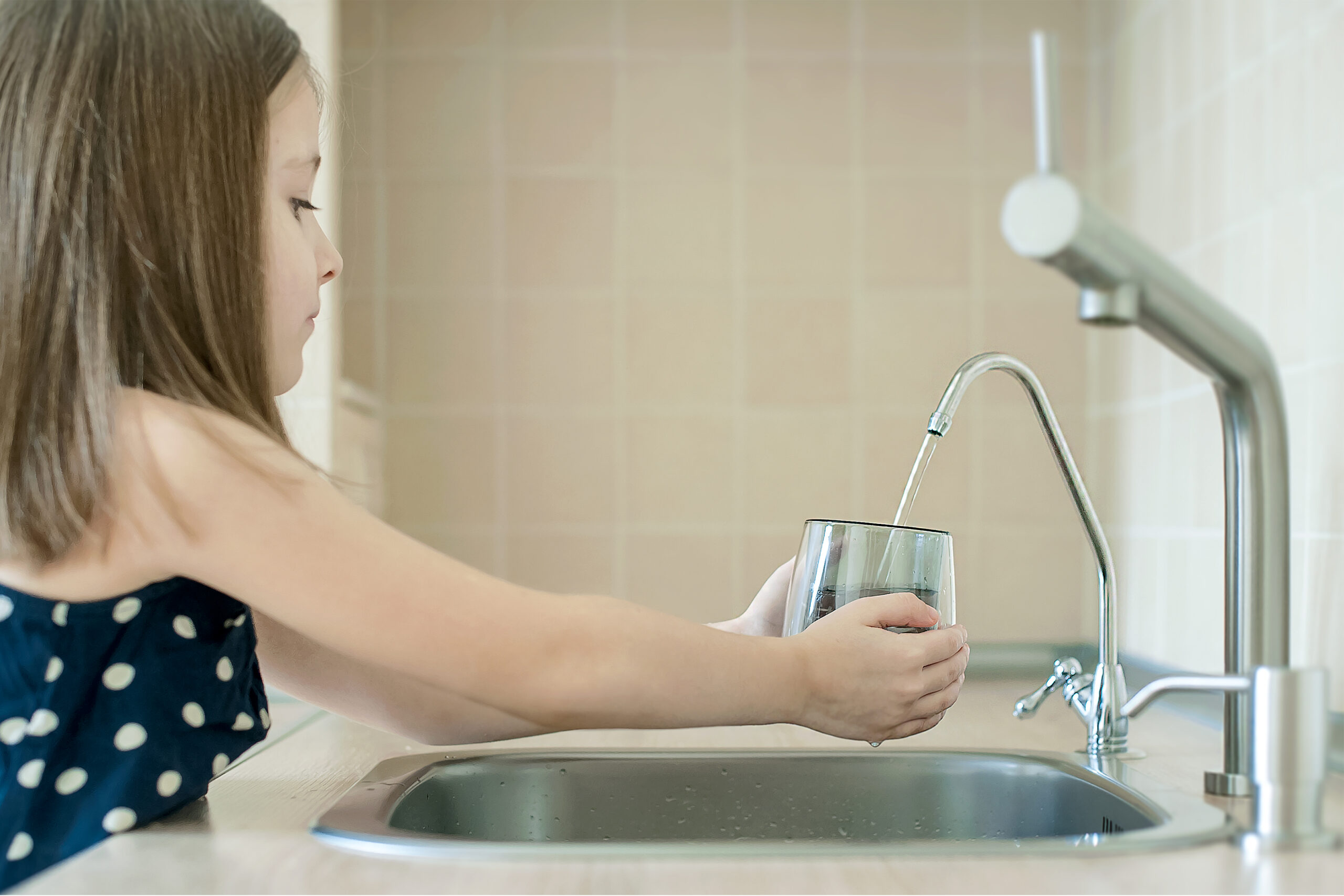Looking for the best bottled water brands? Love the clean taste of your favorite bottled, natural, purified water?
There are a few brands out there that bottle quality water and store it in safe packaging that is both safe and enjoyable to drink.
Reviews spanning numerous articles on the internet vote Mountain Valley Spring Water is the best brand you can find on the shelf. It comes with a hefty price tag, unlike an effective reverse osmosis system you could get at your tap, but has a high mineral content, is naturally purified, and is sourced from the Ouachita Mountains. Their water quality report can even be found easily on their website. We can’t argue that it’s not premium water, but if you don’t want to continuously pay a high dollar amount for bottled water and contribute to the growing pollution problem, keep reading.
With the use of scare tactics and the help of bottled water influencers, most people have been led to fear water from their tap and believe that drinking packaged water is healthier and safer than drinking directly from their tap. This can be true in certain instances, but it isn’t always. Let’s explore why.
In some cases, bottled brands purchased from the store are merely bottled directly from the tap. Furthermore, the EPA quality standards for bottled water are less strict than those for municipal water.
Information is Limited
In almost all areas, information about the quality of the local water supply is readily available to the public. However, you might have a harder time when trying to find information on the quality of bottled water brands.
It should come as quite a shock that companies aren’t required to report the quality of their water to the Food and Drug Administration unless they are due for an inspection, which only happens once every 1-2 years. They also aren’t required to tell consumers where their water comes from. So how do you know if that natural “spring water” brand you’re drinking has any contaminants? To make matters worse, most states don’t even keep a record of the quality of their bottled water.
With the frequency that local water municipalities are required to test the water supply for safety, you might think that testing and reporting on bottled water would happen regularly as well. When you start to look for it, this type of reporting is hard to uncover.

Overlooked Violations
Consumer Reports (CR), an American nonprofit consumer organization dedicated to independent product testing, tracked down several reports directly from bottled water companies. They found multiple overlooked violations. CR reported quite a few interesting findings. Here are a few of their takeaways:
- Peñafiel, a brand of Keurig Dr.Pepper, sent out bottles of water that exceeded the maximum federal cutoff for arsenic levels.
- The brand Nestlé Pure Life markets its water as “spring” water but is now facing a lawsuit claiming it comes from a brand named Poland Spring and doesn’t contain actual spring water.
- There is no comprehensive list of bottled water makers available, and Consumer Reports was only able to obtain about half of all bottled water company reports. Because of this, it’s hard to tell which other brands also have bottled water that is any better than your own local city water.
Laboratory tests from the Environmental Working Group (EWG), a non-profit group that specializes in research and advocacy in the areas of agricultural subsidies, toxic chemicals, drinking water pollutants, and corporate accountability, showed that 10 well-known brands, found in grocery stores across 9 states and the District of Columbia, had 38 chemical contaminants altogether. Each brand averaged around 8 contaminants. Even more concerning is that over 1/3 of the chemicals that were found are not currently regulated in bottled waters.
The available data shows us that there is no way to guarantee bottled water is any safer to drink than water from the municipal water supply.

Added Waste
EPA statistics show that less than 30 percent of PET (Polyethylene terephthalate, also called PET, is the name of a type of clear, strong, lightweight, and 100% recyclable plastic.) plastic bottles and jars were recycled in 2018. This information tells us that the other 70 percent ends up in landfills and waterways and doesn’t even take into account the plastic packaging you find around each case in the grocery store.
Findings by the Pacific Institute, a global water think tank, also show that bottled water takes up to 2,000 times more energy to produce than standard tap water.
It takes a massive amount of energy to produce the bottles, run bottling process production lines, and ship them to your local store. Long-distance transport can even lead to energy costs comparable to those of producing the bottle itself.
There’s also the wasted dollars: according to the Environmental Protection Agency (EPA), tap water costs about $.002 per gallon. A liter bottle of “mountain water” from the cooler at your local convenience store costs over a dollar before tax. That makes water from the bottle more than 2,000 times more expensive than water from your faucet.

An Effective Solution
One of the most efficient, reliable, and cost-effective methods to get a safe water supply is through a reverse osmosis drinking water system. This filtration process removes up to 99% of common contaminants found in the Dallas Fort Worth Westoplex area, creating filtered tap water and reducing the waste caused by plastic water bottles.
These types of systems can even be customized to add healthy minerals back into give you the fresh taste and health benefits that so many people love about “spring water”, giving you the best purified drinking water right at your own tap.
It’s not just water; it’s your water. Click here now or call 817-631-4967to learn more about how a reverse osmosis system can benefit your family.

